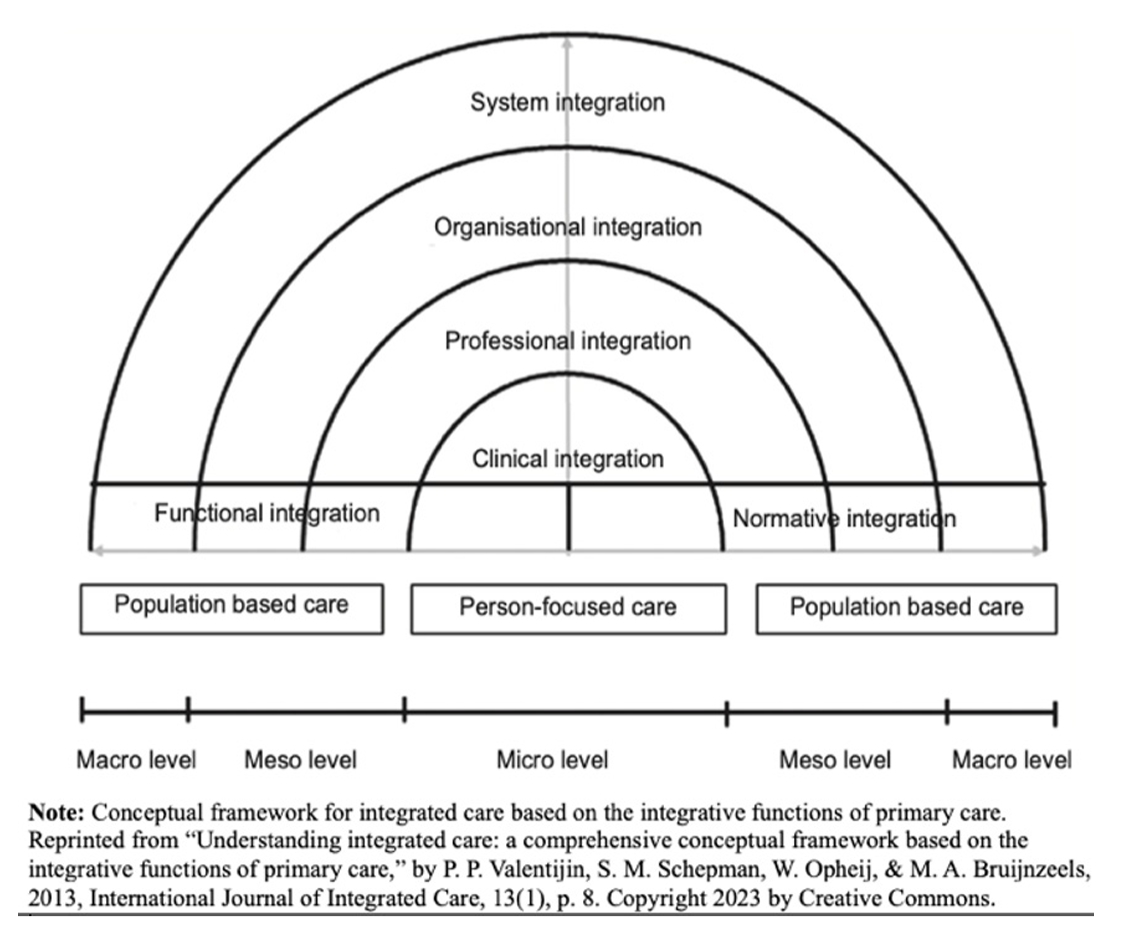Abstract
Low-income families are at increased risk for developing chronic diseases due to the poorer social determinants of health. Traditional primary care approaches cannot address the underserved population’s chronic health problems effectively as their approach underestimates complex social problems’ impact on health. Moreover, chronic disease becomes more complicated as it co-exists with multiple comorbidities in modern society. The primary care practice approach using the integrated healthcare model addresses patients’ physical and mental health and social problems through the comprehensive and person-oriented multidisciplinary approach. An integrated healthcare model can be an innovative solution to improve population health and achieve holistic well-being for the vulnerable population in the community. This article describes the integrated healthcare model through primary care practice for low-income families in a rural area of Maryland.
Figures & Tables

Fig. 1.The conceptual framework for integrated care
